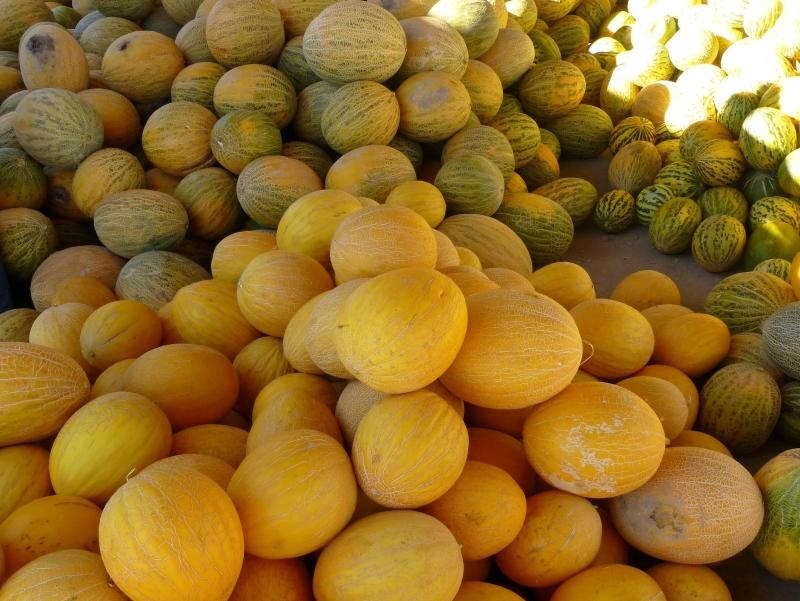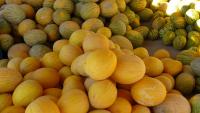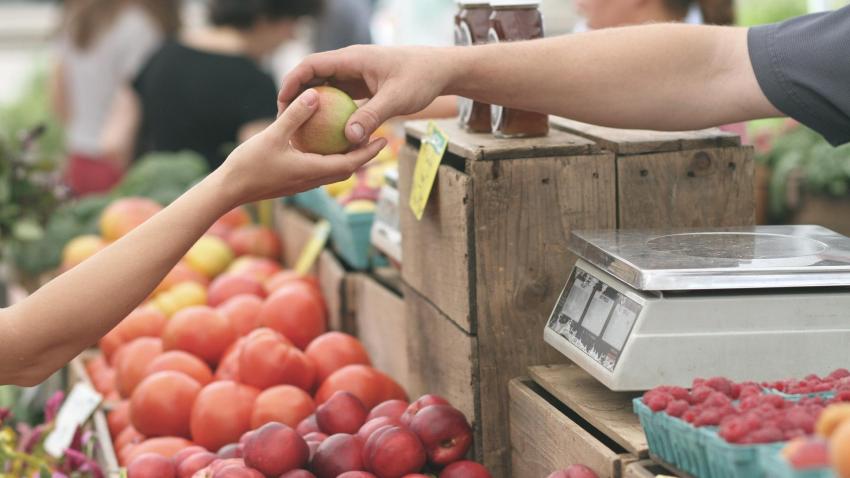You are here
Back to topChina Updates Market Access List, Adding 10 New Fresh Fruits

On Nov. 13, China’s General Administration of Customs (GAC) released an online update detailing new fresh fruits that have been approved for import to China, along with their countries of origin. The update includes ten new fruit varieties that have been added since the previous update on Apr. 9.
In addition to Uzbekistani muskmelons, which were just approved on Nov. 10, the new list includes Egyptian dates, Portuguese grapes, Vietnamese mangosteens, Tajikistani lemons, Laotian watermelons, Chilean pears, Philippine coconuts, Spanish grapes and Panamanian pineapples.
1. Uzbekistani muskmelons
During a recent visit to China on Aug. 27–28 of this year, the Prime Minister of Uzbekistan signed an agreement regarding plant quarantine requirements for fresh muskmelons entering China from Uzbekistan.
On Nov. 10, the GAC publicly announced these quarantine requirements, and on Nov. 13 it released a list of companies in Uzbekistan who have applied to export muskmelons to China. Muskmelons are the second type of fresh fruit from Uzbekistan to be approved for export to China, following cherries.
2. Egyptian dates
On Oct. 8 of this year, the GAC released the plant quarantine requirements for fresh dates imported from Egypt, signifying the official approval for the import of Egyptian dates.
3. Portuguese grapes
On Sep. 19, 2019, the GAC announced the import quarantine requirements for Portuguese grapes, making grapes the first Portuguese fruit variety to be admitted to China.
4. Vietnamese mangosteens
The quarantine requirements for Vietnamese mangosteens were announced on Aug. 27 of this year, indicating their official approval for import into China.
5. Tajikistani lemons
The GAC announced the import quarantine requirements for Tajikistani lemons on
Aug. 1, 2019, indicating their official admittance.
6. Laotian watermelons
The quarantine requirements for Laotian watermelons were officially announced on Jul. 4, 2019.
7. Chilean pears
Fresh Chilean pears were approved on May 10 of this year, indicated by the official announcement of import quarantine requirements.
Chile currently exports 50% of its pears, and the country’s pear production volume for 2019 is expected to reach 250,000 tons. Chile’s total pear planting area in 2019 is expected to be around 8217 hectares, representing a 3.8% decrease compared to last year. However, after the recent admittance to the Chinese market, it’s likely Chile’s pear planting area will recover in 2020.
8. Philippine coconuts
On May 8 of this year, the GAC announced the import quarantine requirements for Philippine coconuts, indicating their official admittance.
Coconuts are an important crop and export product for the Philippines. The total area occupied by coconut plantations is around 3.5 million hectares, and annual production volume exceeds 15 million tons. Around 25 million people in the Philippines (about one quarter of the total population) are either directly or indirectly involved in the coconut industry.
9. Spanish grapes
The GAC announced the import quarantine requirements for Spanish table grapes on May 6, 2019, indicating their official admittance to China.
Spain is one of Europe’s major grape producers. Spain, Greece and Italy together account for about 93% of the European Union’s table grape production.
10. Panamanian pineapples
The GAC announced quarantine requirements for the import of fresh pineapples from Panama on Mar. 20 of this year. Although they were officially approved for import on that date, Panamanian pineapples were not included in the previous list of new admitted fruits announced on Apr. 4.
Read the complete China market access list here, including the fruits added in the Nov. 13 update.
This article was translated and edited from Chinese. Read the original article.
Image: Wikimedia Commons












